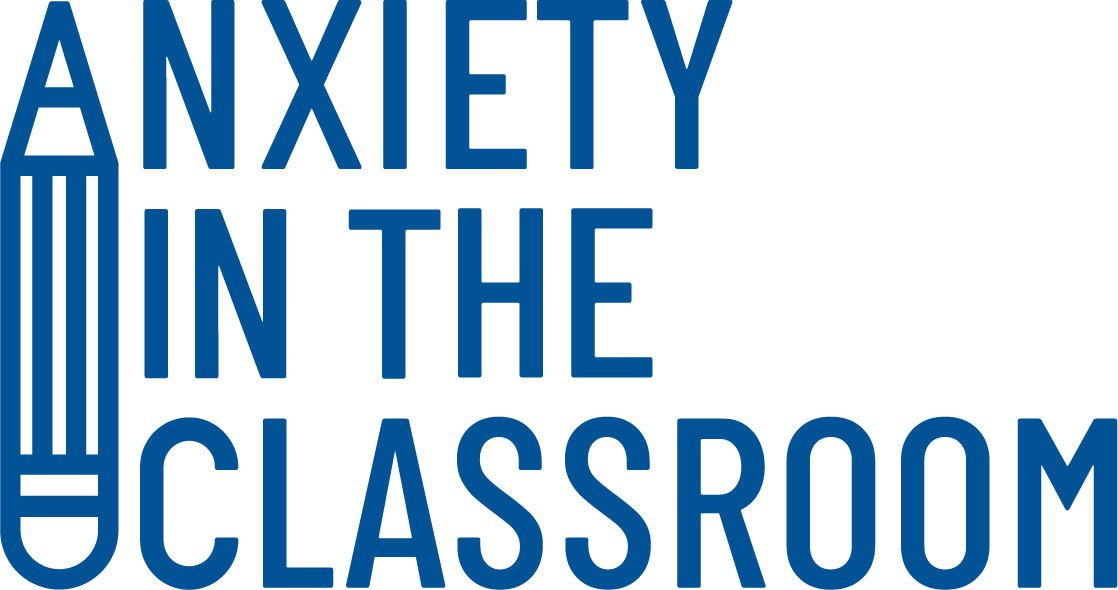Impact of Anxiety/OCD at School
Anxiety and OCD can have a significant impact in the school setting. These conditions can affect a students classroom behavior, academic performance, and social interactions.
We know that a moderate level of anxiety benefits learning because it drives students to do the work that's necessary to succeed in school. We also know that some anxiety before an important test or presentation is typical for many people. Once the test or presentation is over, the anxiety subsides. However, a high level of anxiety that remains consistent over time can obstruct learning. It grips the brain and effectively shuts it down. Some experts believe that severe anxiety is a learning disability. It makes it much more difficult for a student to take in, process, and retrieve information.
What is the potential impact of anxiety and OCD in school?
In this video, Denise Egan Stack, LMHC, talks about the different ways that anxiety and/or OCD can impact a child in the school setting.
Read below for additional information about the impact of anxiety and/or OCD at school.
Some of the ways that anxiety/OCD can impact a student at school include:
Difficulty taking in information
Students with excessive anxiety may have difficulty paying attention to what needs to be learned. The student’s worries take up a lot of space in their mind. This interferes with their ability to concentrate on other things, follow multi-step instructions, and switch attention from task to task in a flexible and efficient way. For example, if a high school student is anxious because they think they may have HIV because they may have not washed their hands well enough after having used the bathroom, then they will have a more difficult time learning a new math concept or reading and interpreting a poetry passage. If an elementary school student is fearful that something bad happened to their mother because they are separated, then they will have to work much harder than their peers do to follow the multi-step instructions their teacher is giving about an art project.
Information is not processed properly
Even if anxious students can pay attention in class, it is often on a surface level because their cognitive abilities have been over-taxed by anxiety. They do not use previously learned information as they take in new facts. Therefore, earlier learning isn’t expanded upon or developed in an enriching way. In addition, because attention and concentration are intermittent, students often have incomplete knowledge in a given area.
Information is not stored or consolidated in long-term memory
If new information isn’t being expanded upon, it will not be stored properly. As a result, students may have trouble accessing information from long-term memory. If a student is unable to recall previously learned information, then they may not do well on exams, even if they studied and knew the information the night before. Students may develop “test anxiety” as a result, which further impairs their ability to access knowledge.
Behavioral and Social Impacts:
Anxiety and OCD can have various behavioral and social impacts. Click the plus sign to the right of each example below for details.
It is possible for students with extreme anxiety to perform as well as their non-anxious peers. But it requires much more effort to do so. Plus, it often comes with a significantly higher level of stress in the long run. Therefore, it is important for teachers to pay attention to students' work patterns and techniques rather than just their grades. Early identification of academic, behavioral, and/or social challenges can help teachers work together with students and their parents/caregivers to address obstacles to the student’s school performance before they become serious.
Centering Racial Equity
In any discussion of disabilities and/or conditions that impact school functioning, it's important to reflect on the potential inequities that occur for students of color in this space. Research shows that there is a "significant disproportionality" that exists for BIPOC students, particularly when it comes to who is identified as needing special education services and how they are treated thereafter. It is thus important for school personnel to use best practices to promote racial equity in approaching how they advocate for and support their students with anxiety/OCD.
Practice Recommendations (adapted from the National Center for Learning Disabilities)
- Follow evidence-based evaluation processes to determine eligibility. Seek outside expertise/consultation on including considerations for cultural and/or linguistic differences as needed.
- Prompt administration to audit the district's special education policies and processes, including those surrounding discipline, to identify biases and work to reduce them.
- Find ways to develop relationships and create an open dialogue with families. This can help improve understanding of cultural contexts and increase family buy-in.
- Invest in training/professional development for all relevant school personnel on disability identification and student support. Emphasize improving workforce diversity and culturally responsive practices.
- Prioritize accurate and transparent data collection and reporting, including standardizing data collection processes.
What to Look for in the Classroom?
If you are a teacher or school faculty member it's important to be able to recognize anxiety/OCD behaviors and take action. Learn what to look for in the classroom.



